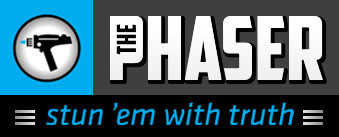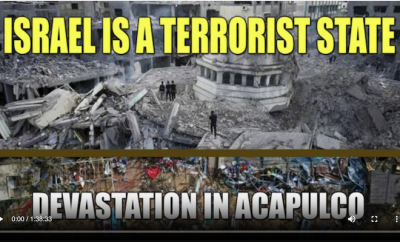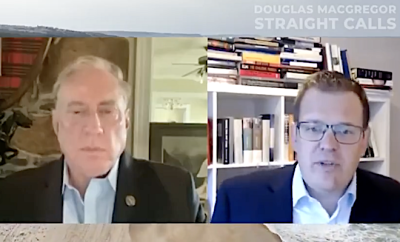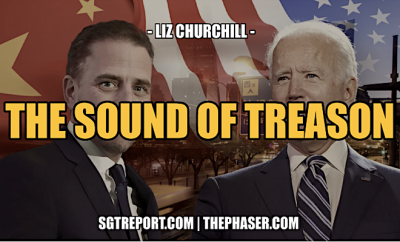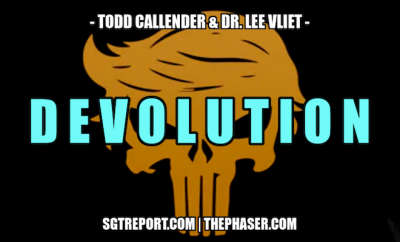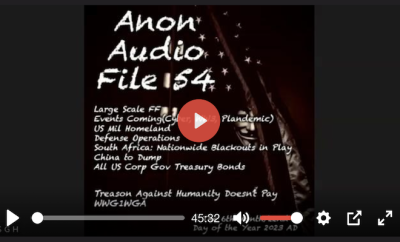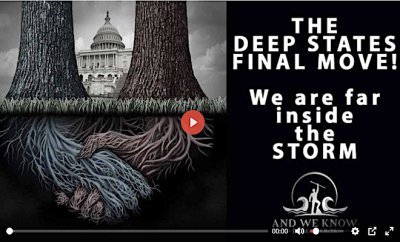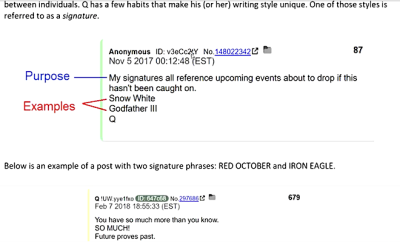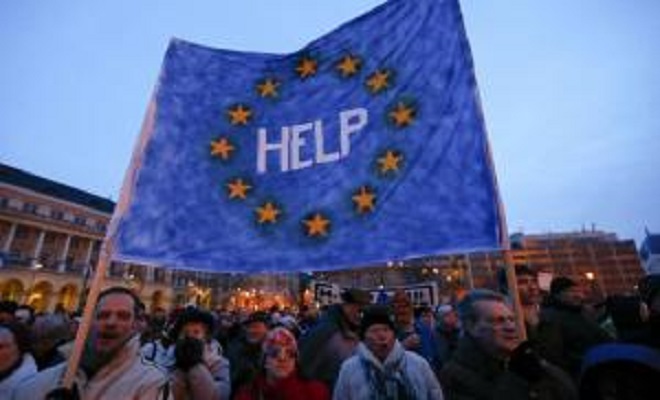 NEO
NEO
Featured
A Year After Euro-Maidan, Ukraine Coming Apart At Seams
by , via NEO.org:
It has been a year since protestors descended on Kiev’s Independence Square calling for the ouster of President Victor Yanukovich. Though the movement consisted of both liberal pro-European elements and rightwing quasi-fascist groups, most international media chose to frame the events of Maidan in a way that misleadingly obscured the role of the latter.
While reports indicate that pro-Western intelligentsia and activists are leaving their country in droves, the situation in Ukraine today cannot be properly understood without fully appreciating the role of quasi-fascist paramilitaries and their private-sector backers, who now exert tremendous influence on the leadership in Kiev and the political climate in Ukraine more generally.
Though the crisis in Ukraine remains a domestic conflict between the majority of citizens in the west who favor ties with Brussels and those in east who seek autonomy, independence or ascension into the Russian Federation, the growing internationalization of the conflict risks an irreversible escalation.
The recent Nato exercises in the Estonian frontier town of Narva that saw a parade of military hardware laden with American flags some 300 yards from Russia’s border, prompting counter-exercises from Moscow, is indicative of the increasingly provocative measures being taken. As the neo-conservative faction in Washington essentially steers the Obama administration’s policy, the idea of a Cold War-style stand-off between Russia and Nato grows ever more plausible.
Deepening Financial Crisis
The Ukrainian economy is bleeding out and rapidly approaching insolvency. The national currency, the hryvnia, has depreciated 68 percent in the past 12 months. Reports from Kiev indicate an ongoing disagreement between the central bank, which has tightened controls on capital movement to suppress capital flight, and Ukrainian Prime Minister Arseniy Yatsenyuk, who reportedly opposed capital control measures.
The central bank lifted restrictions on capital movements on Yatsenyuk’s orders, sparking a further free-fall of the hryvnia, making it the world’s worst performing currency, according to Bloomberg. Ukrainian bonds have become the worst performing among 58 nations on Bloomberg’s Emerging Market Sovereign Bond Index, having plunged by 25 percent this year.
Ukraine is now in the throes of a hyper-inflationary crisis, kept afloat by IMF loans that require gauging structural adjustments and austerity measures. GDP figures have dropped 6.5 percent in the last year, while the unemployment rate has climbed to 9.3 percent in 2014. The minimum wage has hit an all-time low of $43 USD, considerably below the wage equivalents of Bangladesh, Lesotho or Chad.
According to reports, residents are considerably panicked as they stock up on foodstuffs in preparation for further economic turbulence. While a lull in fighting has taken place in the eastern regions of Donetsk and Luhansk, the ceasefire remains extremely fragile. The new authorities in Kiev would likely impose martial law across the country if further fighting breaks out between separatist militias and government forces, backed by quasi-fascist volunteer battalions.
